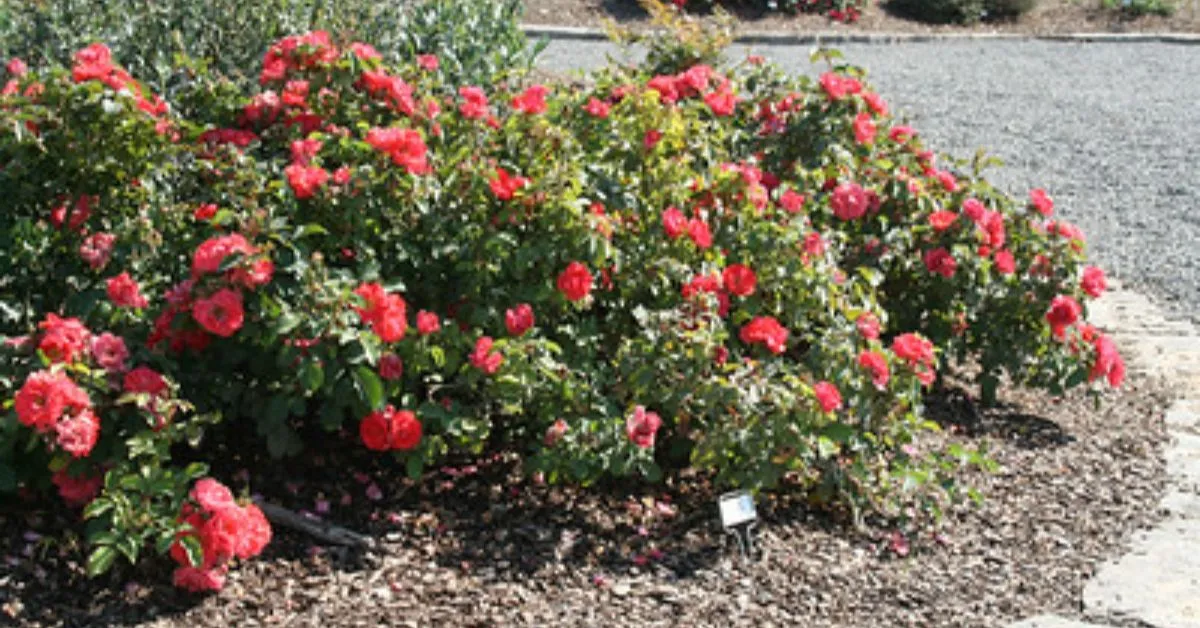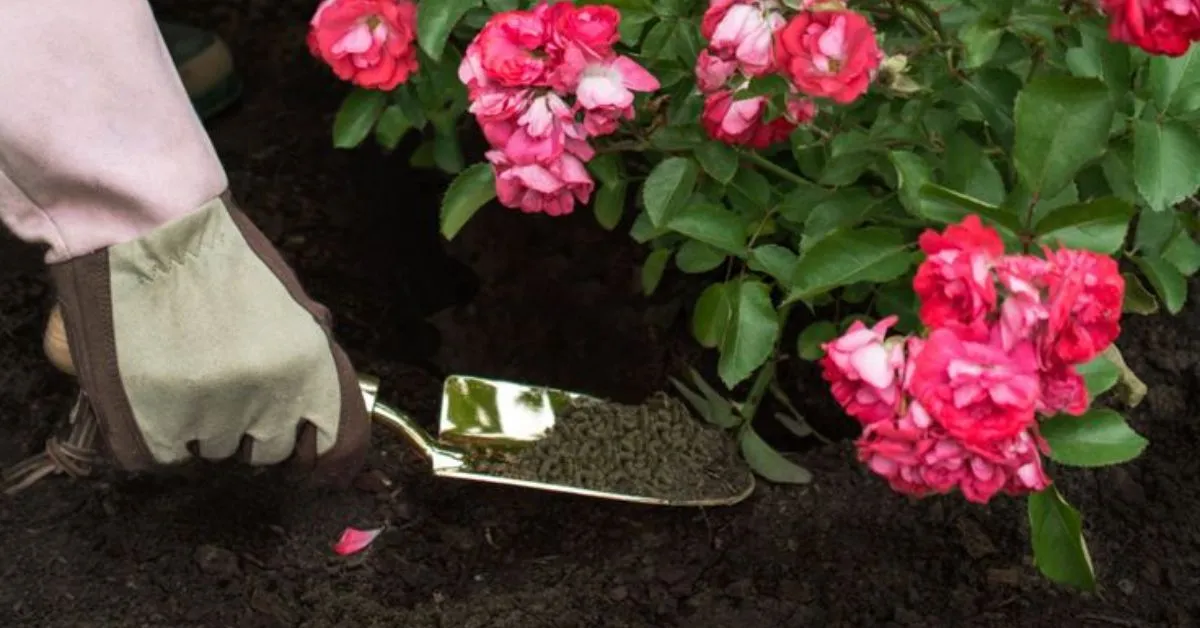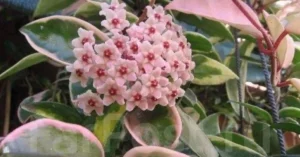Drift roses have snatched up the hearts of gardeners all over, and it’s no wonder why. These small shrubs don’t just have a big kick with their year-round blooming habit and spectacular disease resistance. Unlike their finicky relatives, these low-growing lovelies fill in the gap between groundcover and full-sized roses, growing spectacularly well in all from borders to pots.
I’ve discovered that drift roses repay even modest effort with great drama. They’ll flood your landscape with seas of color spring-fall with only a tiny fraction of the fussing that most roses require. Their neat 2-3 foot spread makes them ideal for small gardens or as multicolored accents in bigger landscapes.
You don’t have a green thumb to thrive with these tough plants. They tough out black spot and powdery mildew and laugh at both summer heat and winter cold. With easy care habits and occasional pruning, your drift roses will turn any garden area into a showstopper of season-long flowers.
Choosing the Right Location
Drift roses thrive in spots that get at least six hours of direct sunlight daily. I’ve seen them perform their best when they bask in morning sunshine with a bit of afternoon shade, especially in hotter climates. Don’t cram them into dark corners or under tree canopies where they’ll struggle and produce fewer blooms.
Read more : Top Reasons to Choose a Ficus Spiral for Your Space
These versatile plants like well-draining soil but are not too fussy about soil type. I’ve had good luck planting them in raised beds for improved drainage and air flow. Be sure to provide each plant with sufficient elbow room—2-3 feet between neighbors—so air can circulate freely, minimizing disease risks and allowing their natural spreading habit to shine.
Selecting the Right Drift Rose Variety
The Drift rose family offers a rainbow of options to match any garden vision. Coral Drift brings vibrant coral-orange blooms, while Sweet Drift produces romantic soft pink flowers that won’t quit. Red Drift makes a bold statement, and Peach Drift offers subtle elegance with its apricot tones that blend beautifully with other perennials.
Consider your color palette and how the roses will interact with surrounding plants before you make your selection. I’ve discovered that combining varieties produces an intriguing tapestry of color. The Popcorn Drift variety, with its yellow-to-cream color change, provides special interest as the flowers mature and shift color throughout the season.
Planting Drift Roses

Planting drift roses couldn’t be simpler—dig a hole twice as wide as the root ball but just as deep. I always rough up the sides of the hole to give roots an easier path to expand into surrounding soil. Before placing your plant, soak the root ball thoroughly and loosen any circling roots to encourage outward growth.
Position the plant with the graft union (the swollen part where the stems meet the roots) slightly above soil level, then backfill with native soil mixed with a bit of compost. Water deeply after planting to eliminate air pockets. I recommend adding a 2-3 inch layer of mulch around the plant—just keep it from touching the stems to prevent rot issues.
Watering Requirements
Drift roses prefer consistent moisture, particularly their first growing season in your garden. I water mine deeply once a week, providing each plant with approximately one gallon of water applied directly to soil near the roots. During heat waves in the summer, I’ll often provide a second watering session so that they won’t get stressed and drop their flower buds.
The trick with drift roses is watering at the base, not overhead, which discourages leaf diseases that love damp conditions. I’ve discovered that putting in drip irrigation or soaker hoses makes this chore much simpler while saving water. Check soil moisture before watering—if the top inch is dry, water, but if still damp, wait a day or two more.
Fertilizing Drift Roses
- Apply rose-specific fertilizer in early spring when new growth appears.
- Add a second feeding in early summer for continuous blooming.
- Avoid fertilizing after late summer to prevent tender growth before winter.
- Water thoroughly after fertilizing to help nutrients reach roots.
- Watch for pale leaves as signs your roses need feeding.
- Use organic options for healthier soil biology.
Mulching and Weed Control
- Apply 2-3 inches of mulch to suppress weeds and retain moisture.
- Keep mulch pulled back from stems to prevent rot.
- Use shredded bark, pine straw, or composted leaves.
- Refresh mulch annually in spring.
- Pull weeds promptly before they establish.
- Water at soil level to minimize disease spread.

Pest and Disease Management
| Pest/Disease | Symptoms | Treatment | Prevention |
| Aphids | Clusters of tiny green, black, or red insects on new growth; sticky residue; distorted leaves | Spray with strong water blast; insecticidal soap; neem oil; ladybugs as natural predators | Maintain healthy plants; avoid excessive nitrogen; encourage beneficial insects |
| Japanese Beetles | Skeletonized leaves; chewed flowers; metallic green-bronze bugs | Handpick and drop in soapy water; use beetle traps (away from roses); apply milky spore to law | Keep garden clean; use row covers during peak season; plant geraniums nearby as trap plants |
| Spider Mites | Fine webbing; stippled, yellow leaves; tiny moving specks visible with magnification | Strong water spray on undersides of leaves; insecticidal soap; horticultural oil | Maintain proper humidity; avoid drought stress; regular leaf inspection |
| Black Spot | Black/brown circular spots with yellow halos on leaves; premature leaf drop | Remove infected leaves; fungicide applications; ensure good air circulation | Morning watering only; proper spacing; resistant varieties; clean fall cleanup |
| Powdery Mildew | White powdery coating on leaves, stems, buds; distorted new growth | Sulfur-based fungicides; baking soda spray (1 tbsp + 1 tsp dish soap in 1 gallon water) | Full sun exposure; good air circulation; avoid overhead watering; clean garden debris |
| Rose Rosette Disease | Excessive thorns; witches’ broom growth; red, distorted stems; stunted flowers | No cure; remove entire plant including roots; dispose in trash (not compost) | Controlling wild multiflora roses; maintaining distance between plants; controlling mite vectors |
| Crown Gall | Rough, woody swellings on stems at soil line or on roots | Remove infected plants; sterilize tools; avoid planting roses in same location | Avoid wounding plants; choose certified disease-free plants; maintain soil health |
Winter Protection
- Cover drift rose bases with 2-3 inches of mulch before first frost.
- Don’t prune in late fall—wait until spring to remove winter damage.
- In harsh climates, create burlap screens to block damaging winter winds.
- Mound soil or compost around the crown for extra insulation.
- Stop fertilizing by late summer to prevent tender new growth.
- Remove fallen leaves from around plants to reduce disease risk.
Companion Planting and Landscaping Ideas
Drift roses play nicely with so many garden friends—I love pairing them with lavender for a stunning color combination that also confuses rose pests. Nepeta (catmint) creates a gorgeous purple-blue contrast against coral or red drift varieties while attracting pollinators. For season-long interest, I plant spring bulbs like daffodils or tulips between drift roses to provide early color before the roses kick into high gear.
These versatile plants excel in multiple landscape roles—I’ve used them to create flowing borders along garden paths and as living mulch under taller rose bushes. They look fantastic spilling over retaining walls or softening the edges of raised beds. In my front yard, I’ve mixed different colored drift varieties with ornamental grasses for a low-maintenance display that looks professional without requiring constant attention.
Troubleshooting Common Problems
- Remove leaves with black spot immediately.
- Improve air circulation to prevent powdery mildew.
- Hand-pick Japanese beetles in early morning.
- Spray aphids with water or insecticidal soap.
- Protect from deer with repellents or fencing.
- Adjust watering if leaves turn yellow (too much) or brown (too little).
Frequently Asked Questions
How often should I water my Drift roses?
Twice weekly when newly planted once established, about 1 inch weekly. Double up during heat waves, always watering at the base.
When should I prune my Drift roses?
Early spring as leaf buds swell. Remove dead wood, thin crowded areas, and cut back remaining canes by one-third.
Do Drift roses need winter protection?
In zones 5-7, mound 8-10 inches of soil/mulch around the base after first frost. Warmer zones need none. Skip fall pruning.
What’s the best fertilizer schedule?
Slow-release rose fertilizer in early spring and lightly mid-summer. Stop 8 weeks before first expected frost.
Can I grow Drift roses in containers?
Yes! Use 16+ inch pots with excellent drainage and quality potting mix. Water more frequently and feed every 4-6 weeks during growing season.
Conclusion
Drift roses stand as living proof that you can have stunning garden color without becoming a slave to maintenance. Their remarkable resilience against disease, compact growth habit, and seemingly endless parade of blooms make them the perfect solution for today’s time-pressed gardener. I’ve watched these versatile performers transform neglected corners into vibrant focal points while other plants struggled to survive.
The beauty of growing Drift roses lies in their forgiving nature give them sunshine, decent drainage, and a modest drink during dry spells, and they’ll reward you tenfold. Unlike their temperamental cousins that demand constant coddling, these tough little workhorses bounce back from occasional neglect with surprising vigor. They’ve rightfully earned their place as the go-to choice for both novice gardeners intimidated by traditional roses and experienced growers seeking reliable performers.




